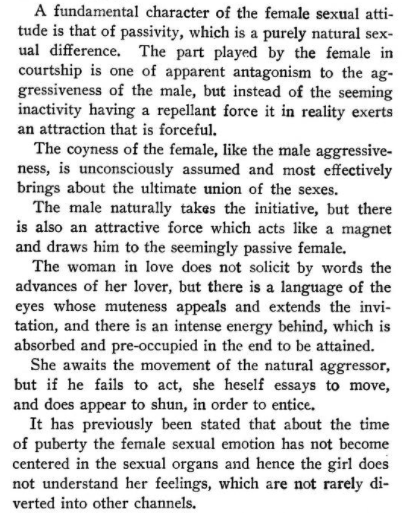
not sentiment shared by the Declaration of Women’s Sex Based Rights
Apparently, it’s not trans women, and trans men don’t even exist. This Declaration of Women’s Sex Based Rights is making the rounds — Richard Dawkins proudly signed it, doesn’t that make you want to put your name on it? I like the idea of supporting equal rights for all men and women, and it’s true that women need special legal protection as the targets of current and historical discrimination, but this document seems to be mainly focused on legitimizing discrimination against trans women. It practically seethes with resentment against trans women, and singles them out as the big problem that must be eradicated from society. Cast them out! They don’t deserve to have any of the rights which they want to reserve for true human females, a category that they don’t even bother to define (probably because if they tried, they’d get hung up on the boundary conditions). So women are simply specified by vague “physical and biological characteristics”, which are completely different from “gender identity”, which means their manifesto is primarily a long whine about how the existence of trans women taints the concept of lesbianism.
However, the concept of ‘gender identity’ has enabled men who claim a female ‘gender identity’ to assert, in law, policies, and practice, that they are members of the category of women, which is a category based upon sex.
The CEDAW General Recommendation No. 35 notes that, “General recommendation No. 28 on the core obligations of States parties under article 2 of the Convention as well as general recommendation No. 33 on women’s access to justice confirms that discrimination against women is inextricably linked to other factors that affect their lives. The Committee’s jurisprudence highlights that these may include…being lesbian.” (II, 12).
The concept of ‘gender identity’ is used to challenge individuals’ rights to define their sexual orientation on the basis of sex rather than ‘gender identity’, enabling men who claim a female ‘gender identity’ to seek to be included in the category of lesbian, which is a category based upon sex. This undermines the sex-based rights of lesbians, and is a form of discrimination against women.
Some men who claim a female ‘gender identity’ seek to be included in the legal category of mother. The CEDAW emphasises maternal rights and the “social significance of maternity’’. Maternal rights and services are based on women’s unique capacity to gestate and give birth to children. The inclusion of men who claim a female ‘gender identity’ within the legal category of mother erodes the social significance of maternity, and undermines the maternal rights for which the CEDAW provides.
OK, so how does the existence of trans women compromise the identities of lesbians and mothers? If a person who identifies as a woman is a primary caregiver to a child, what else do you call her but “a mother”? If she happens to be trans, how does that harm a person who identifies as a cis woman and is the primary caregiver to a child, who should also be called “a mother”? If they’re doing everything that a mother does, and if they suffer the same social disempowerment, what is the problem here, and what do you propose that people and the law should call them? I know, they may not have a uterus, and they may not have actually carried an embryo/fetus for 9 months, but are we prepared to deny the “M” word to adoptive mothers, then?
The whole thing is one special effort to carve out an exclusion and to deny one group of people the rights that they ought to share with everyone else. That’s not a good reason to sign this thing. An equal rights declaration ought not to be focused on saying “except these people, we don’t like them and we want to make sure they don’t get these same rights.” Especially when that subgroup has been specifically targeted for hatred and discrimination.
I’m also really curious to know why trans men are not mentioned, and how they handle that concept. Are trans men really women in their minds? How do they cope with their weird sexual essentialism if they accept trans men?
Oh well, one useful feature of their web page is that they list 393 organizations that really hate trans people, which is a useful reference if you want to know who you should never support (although many seem to be just disgruntled people with a website that you’ll never hear of again).






